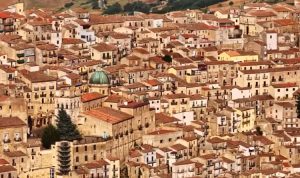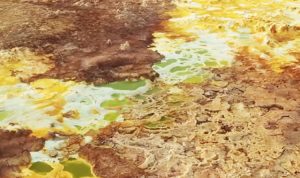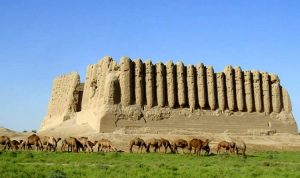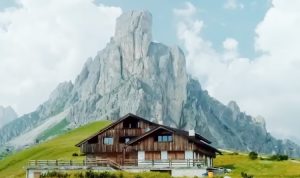[Places] – The Hadzabe tribe, an indigenous community in Africa, has long captivated the world with their unique way of life and rich cultural heritage. One of the most remarkable aspects of their lifestyle is their traditional hut building techniques, which employ natural materials and sustainable practices. These amazing structures not only provide shelter but also showcase the ingenuity and harmony with nature exhibited by the Hadzabe people.
The Hadzabe, who reside in Tanzania, have a nomadic lifestyle deeply connected to the natural world. Their huts, crafted entirely from locally sourced materials, are a testament to their resourcefulness and environmental consciousness. The construction process begins with gathering materials such as branches, grass, leaves, and mud, all of which are readily available in their surroundings.
The first step in building a Hadzabe hut is to create a sturdy framework using branches and tree trunks. These act as the primary structural elements, providing support and stability for the entire structure. The branches are intricately woven and bound together to form a durable framework capable of withstanding the elements.
Once the framework is in place, the Hadzabe meticulously weave grass and leaves to create the walls and roof of the hut. The grasses, selected for their strength and flexibility, are carefully interlaced to form a tightly woven mesh that acts as a protective barrier against wind, rain, and harsh weather conditions. This natural insulation helps maintain a comfortable temperature inside the hut, shielding the inhabitants from extreme heat or cold.
To further fortify the structure and create a watertight seal, a mixture of mud and clay is applied to the walls and roof. The mud acts as a binding agent, strengthening the walls while also providing additional insulation. This natural plastering technique not only enhances the structural integrity of the hut but also adds to its visual appeal, giving it a rustic and earthy charm.
The Hadzabe’s traditional hut design optimizes natural ventilation, allowing the free flow of air throughout the interior. This clever architectural feature helps regulate temperature and improves overall comfort. The interiors are typically modest, with a central hearth for cooking and a designated area for sleeping and communal activities.
The use of natural materials and sustainable construction techniques employed by the Hadzabe reflects their deep respect for the environment and their desire to live in harmony with nature. By relying on locally available resources, they minimize their ecological footprint and contribute to the preservation of their surroundings.
The beauty of Hadzabe hut building lies not only in its practicality but also in its cultural significance. Each structure is a testament to the tribe’s traditions, craftsmanship, and communal values. The knowledge and skills associated with hut construction are passed down through generations, ensuring the preservation of their architectural heritage.
As the world increasingly values sustainable practices and eco-friendly solutions, the Hadzabe’s hut building techniques serve as an inspiration for modern architecture. Their use of natural materials, low-impact construction methods, and harmonious integration with the environment offer valuable lessons in sustainable living.
The Hadzabe’s traditional hut building is a celebration of human ingenuity, cultural identity, and the enduring relationship between communities and the natural world. It serves as a reminder of the beauty and wisdom that can be found in embracing simplicity and sustainable practices.







